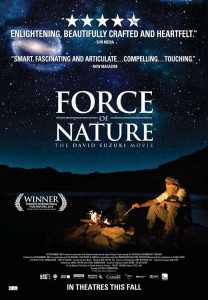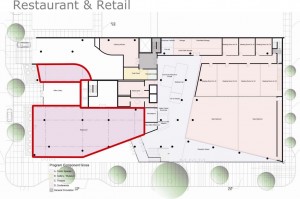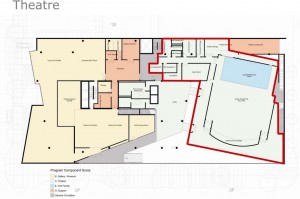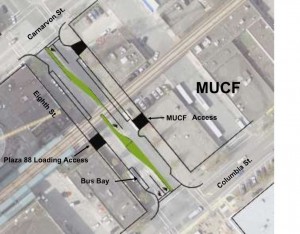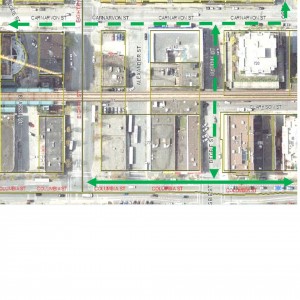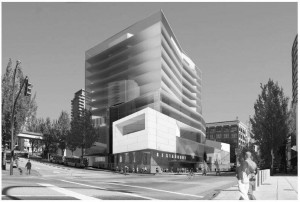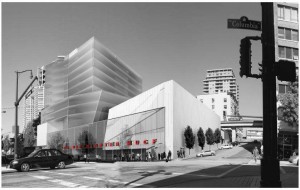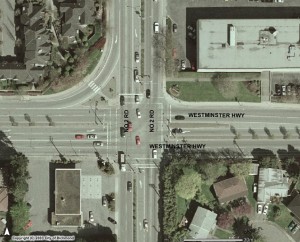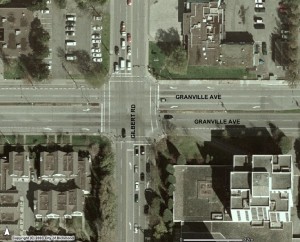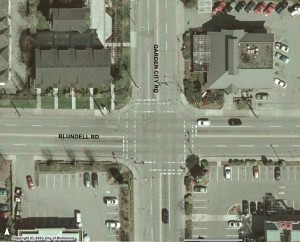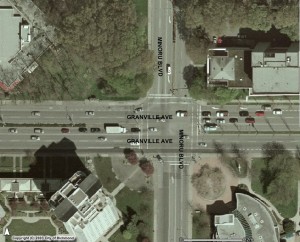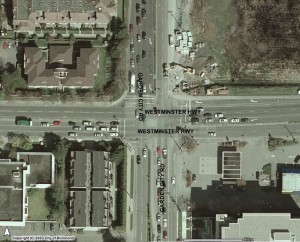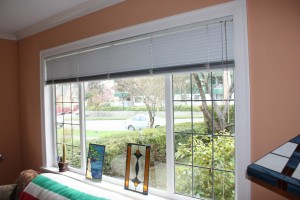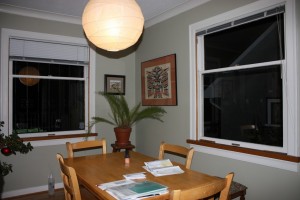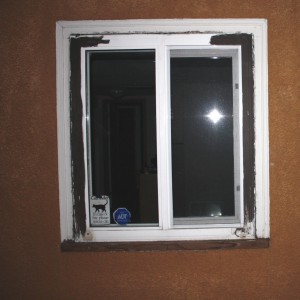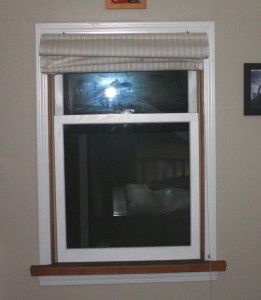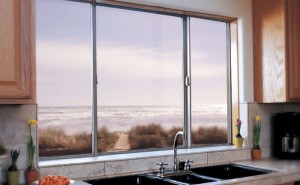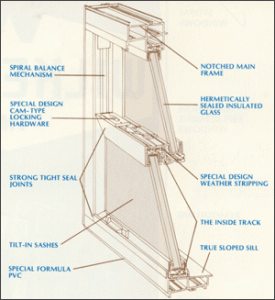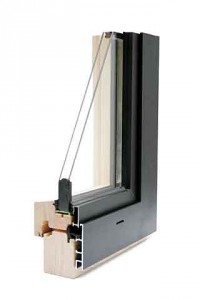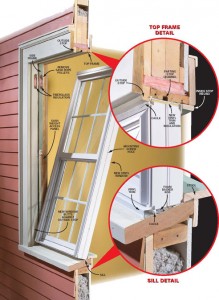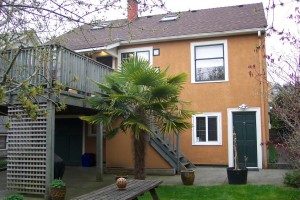This article pisses me off, as someone who cummutes regularly, by bike, to Richmond.
First, it has the regurgitated-press-release style of lazy journalism, but I can let that pass. It is the overall message that is sent that causes me tremors. That message, on the front page, is that cycling in Richmond is unsafe, and that it is the cyclists fault.
Let’s start off with the Stats:
“Between 2005 and 2009, there were 291 crashes involving cyclists in Richmond…including two fatalities.”
So a hair under 300 cyclist-related crashes in 5 years reported to ICBC. We can presume that if ICBC was involved, there were not people falling off bikes or hitting trees, these were impacts between bicycles and automobiles. But where is the context? Is 300 bad?
According to ICBC stats, there are, on average, 900 auto accidents per year in Richmond, resulting in an average of 10 deaths, which extrapolates to 4500 accidents and 50 deaths over 5 years.
“Mode share” for cycling in Richmond is around 3%.. That means for every 100 trips taken, about four were by bicycle. The mode share for cars was about 65% (with the rest being walking and transit), so to compare apples with apples, we need to lose the 32% others and say 3 in 68 trips (4.4%) were by bike, and 65 in 68 (95.5%) were by car. Then we can do the same with the accident statistics, and see how much more dangerous cycling is that driving:
As mode share Accidents Deaths
Drivers 95.6% 94% 96%
Cyclists 4.4% 6% 4%
Considering that drivers are surrounded by 3000lbs of steel and plastic, with seatbelts and airbags, and cyclists usually wear some combination of lycra and styrofoam, I think the numbers don’t really make cyclists a public health hazard.
Another way to look at the above numbers:
total cyclists were killed people in cars were killed
Accidents with cyclists 6% 0.6% 0*
Accidents w/o cyclists 94% 0% 1.1%
So you are more likely to die if you are in a car crash, than if you are in a bicycle crash. If you are in a car, you have a miniscule chance of being hit by a bike relative to being hit by another car, and as far as I can read in the stats, not a single driver or passenger was killed in a collision with a cyclist (I cannot confirm this, hence the *). So if you are hit by anything in an accident, you are better off if you are hit by a bike than a car, and you are actually better off being on a bike when you are hit than being in car.
But the biggest stat here is that 6% of crashes involved bikes, but 100%, involve a car. I will come back to this.
First, let’s look at the “most dangerous intersections” outlined in the article: the Bike map for Richmond might be useful.
#1: No 2 Road and Westminster Highway (9 crashes).
Here is a location where a designated bike route along a major arterial (the No 2 Road Bridge and Russ Baker Way) abruptly comes to a stop at the crossing of two major arterial routes. Full 1.5m bike lanes evaporate into nothing except two 6-lane arterial roads with no shoulders that lead to residential areas. The southbound bike lane squeezes out into a right-turn only lane, with no shoulder to the right…not even a curb cut to give you the illegal but safer sidewalk bailout… I’m surprised there aren’t rotating knives.
#2: Gilbert and Granville (8 crashes).
Here we have Granville, which is a dedicated bike route with full bike lanes on both sides, crossing Gilbert, which to the north is a dedicated bike route in name only (it has kind of wide shoulders, but no pavement lines or markings), and no shoulders at all to the south. Of course, the “bike lanes” on Granville both become “right turn” lanes at the intersection, confusing both cyclists and drivers, and the shoulder on Gilbert is wide enough that it acts as a defacto right-turn lane, even though it is not marked as such. The fact the corner is on one of the City’s destination public facilities (Minoru complex houses playing fields, pools, arenas, libraries, etc.) and Granville is the major east-west bike routh through town, it is no surprise this disaster of an intersection is up in the stats.
#3 (tie): Blundell and Garden City Roads.
This surprises me a bit, only because it is one of the few I don’t frequent. Garden City is a dedicated bike lane in name only (slightly wider shoulders, no pavement markings) and Blundell is an east-west racetrack with no shoulders. Also, the corner visibility is a little sketchy due to retail signage, and there is a lot of relatively dense residential area around, but there is little here to make this intersection worse than 90% of the others in the City.
#3 (tie): Granville Avenue and Minoru Boulevard;
Take everything I said about Granville and Gilbert, adjust by the fact Minoru is not a dedicated bike route, and you have Granville and Minoru. Proximity to the Minoru complex brings the bikes along the main east-west bike route, the bike lanes become right-turn only lanes, Minoru is narrow with basically no shoulder. Bada-bing Ba da boom.
#3 (tie): Garden City Road and Westminster Highway.
Garden City north and south have great, well-marked bike routes (although they have been seemingly under constant construction for the last two years, making me wonder if the stats are biased by that), and represent the best north-south route through central Richmond (much better than the disaster that is No 3 Road). Of course, the nice southbound bike lane becomes a right-turn only lane, while the north-bound one sort of hops across the extended right-turn only lane, leaving the right-turning cyclist in a nasty spot with especially poor visibility around the Gas Station on the southeast corner. Westminster Highway also has excellent wide bike lanes to the east…but absolutely nothing the west. There isn’t even a shoulder wide enough to ride on safely for an experienced cyclist. Car speeds are high here (they seem to take “highway” as a suggested speed).
I humbly suggest there are many ways to alleviate the risk to cyclists here and city-wide. A few engineering improvements on these roads, better education of cyclists and drivers, perhaps signage improvements., but what does the article suggest after rhetorically asking “…what’s a cyclist to do to avoid being victimized?”
They advise that cyclist dress brightly so drivers can see them, look both ways before crossing streets, and wear helmets. Or to translate: if you girls don’t want to get harassed so much, maybe you shoudn’t wear them short skirts!
Every single one of these accidents involved a car. Every one of those cars had a driver. Yes, some proportion of the accidents was no doubt caused by a lack of cyclist caution, or even by cyclists violating the Motor Vehicle Code (which, I remind you, was written for motor vehicles, and does not reflect the reality of cyclists in our modern cities). However, some of the accidents were most assuredly caused by drivers not paying attention, or violating the motor vehicle code. If I want to wear camouflage on a bike, that is my right, and if a driver hits me while I am wearing that camouflage and within my rights on the road, the “I didn’t see him, he should wear something brighter” is not a freaking excuse. We don’t make you paint a car neon orange, do we?
The sad reality is that most cyclists do dress brightly, most do ride with caution and plan ahead, most do wear helmets, all because they are acutely aware that they can get hit by a car, and that would be a bad thing. This article does nothing to alert the majority of readers (who are drivers, not cyclists) that perhaps they should also exercise caution In their 3000lb vehicles so they don’t accidentally kill or injure a cyclist. Instead, it suggests bikes are dangerous (not true) and that all accidents involving bikes are caused by cyclists (not true).
That would involve thinking beyond the ICBC press release though.
